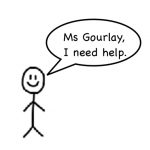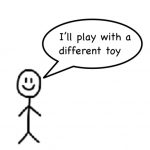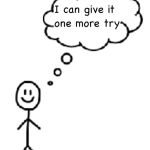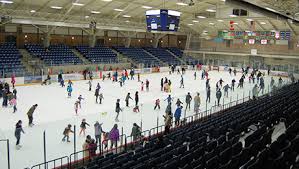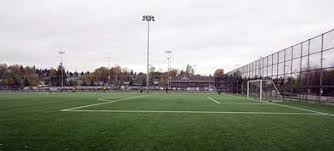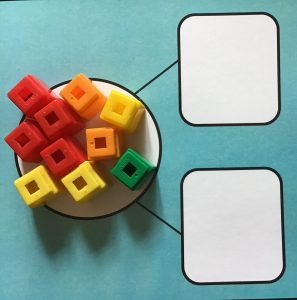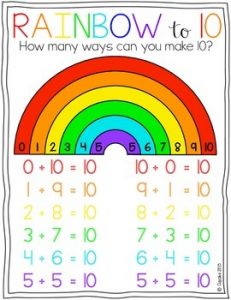Every Friday Division 9 & 10 get together to work on Second Step. Second Step is a program that teaches children skills for social and academic success.
Our topic is: Emotional Management
This weeks lesson: Managing Disappointment
Lesson concepts:
- When you don’t get what you want, you can feel disappointed
- Strong disappointment can lead to feeling sad or angry.
Disappointment is something you feel when you don’t get what you want. Sometimes being sad or angry can be a part of feeling disappointed.
- When some people feel disappointed, they get really quiet and sad. They go off by themselves and don’t talk to anyone.
- When others feel sad or angry, they may feel like throwing something or yelling!
Think, turn, tell: What strategies have we already learned that you could use to help manage your disappointment?
Here are some suggested strategies for when you begin to feel disappointed:
Stop and say “I’m feeling disappointed”.
Use the Calm-Down Steps
Talk to a teacher (or your parents if you’re at home!)
Find something else to do!
Remember to go to Ms. Quin’s Blog for week seven of music and movement activities.



